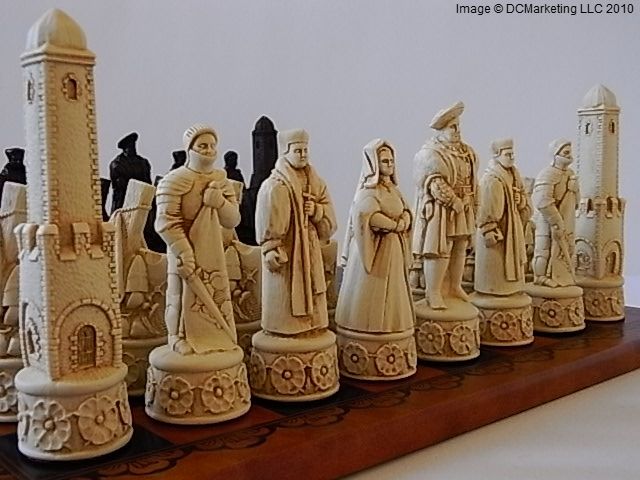 |
Automaton is a Greek word, meaning “acting of one’s own free will”. Today it’s used to refer to some kind of mechanism or machine that does something automatically. The concept of a self-operating machine is actually fairly ancient: in Greek mythology, the god Hephaestus often created living machines, like the giant defender of Crete, Talos. In China the legendary artificer Yan Shi is said to have created flying mechanical reproductions of birds for the Emperor.
In
1770 Wolfgang von Kempelen, a Hungarian inventor, went to Maria Theresa of Austria’s palace to show her his new
invention: the Turk. He stated this machine was an automaton capable of playing
chess flawlessly. The Empress, not
convinced by his words, asked him to prove what he was saying was true. So the
Turk played against various skilled chess players, and won every single match. The Empress was truly impressed.
The
“Turk” appeared as a mechanical replica of a Turkish man, standing behind a big
wooden table, with a chess board on it. The complex mechanism that moved the
automaton was hidden inside the table,
but there were a few small windows on it that allowed other people to see it.
The Turk was not only capable of playing chess impeccably, but it could also
interact with other players to a certain degree. It greeted them with a nod
before starting the match, and if they were to attempt an illegal move, it
would shake its head and return the piece to where it was before.
For various years the Turk travelled all around Europe, challenging and defeating many experienced players. Unfortunately, in 1804 von Kempelen died, leaving the Turk to his son. He wasn’t interested in the automaton, so he sold it to Johann Mälzel, a German musician. Thanks to its new owner, the Turk was able to resume its journey, this time travelling all around the entire world.
One of the most noteworthy opponents it challenged was the Emperor of France, Napoleon I, who played against it in 1809. Napoleon was intrigued by the machine, and wanted to know how intelligent it was. So, during the match, he tried to perform an illegal move thrice: the first time the automaton returned the piece to its original position, as usual; the second time it removed the piece from the board entirely; the third time it violently hit the table with its arm, knocking all the pieces off it. Amused, Napoleon complimented the automaton intelligence, and resumed playing seriously. He was defeated in 19 moves.
In 1825 the automaton was brought to North America.
There he continued winning match after match, defeating even Benjamin
Franklin. Edgar Allan Poe also met the
Turk, and was so fascinated by it that he wrote a short story about it, called “Von
Kempelen and His Discovery”. However,
the Turk endless series of victories was abruptly ended by Charles Carroll, one of the signers of the Declaration of
Independence. After a
long match, Carroll was finally able to defeat the Turk. He was the first and
only person to do so. Everyone was impressed by his skills, even the Turk
itself, which showed him its respect by nodding four times.
The
Turk’s voyage in North America suddenly ended in 1838, when Mälzel decided to return to Europe. But on the way back, Mälzel fell
ill and died, leaving to Turk without an owner. It ended up being sold to John Kearsley Mitchell, Edgar Allan Poe’s personal physician, who then donated it
to the Peale Museum of Baltimore, where it remained for many
years. In 1854 a fire devoured most of the museum, reducing many of its pieces
to ashes. The Turk was one of them.
The Turk disappeared, bringing all of its secrets along with it…or so everyone thought until 1859, when Dr. Silas Mitchell showed up. In a series of articles in the magazine “The Chess Monthly” he explained everything he knew. As the son of the last owner of the Turk, he was aware of all of its secrets. And now that it was gone, he thought it was time to reveal the truth.
And the truth was…that it was all a hoax.
There was no mechanism, no automaton, no
self-operating machine. The Turk was just a puppet, moved by a hidden
operator. There had been many different operators, the last of which was William Schlumberger , a talented chess player. The reason
Mälzel had decided to return to Europe in 1838 was Schlumberger sudden death.
And that was it. It was all just a big, complex hoax. Many people were disappointed, others were enraged, others wanted to know more. But there was nothing more to it. There was nothing more to the story of the Turk. The bizarre story of the machine that was able to trick the entire world.
Yuri, 4sc

No comments:
Post a Comment